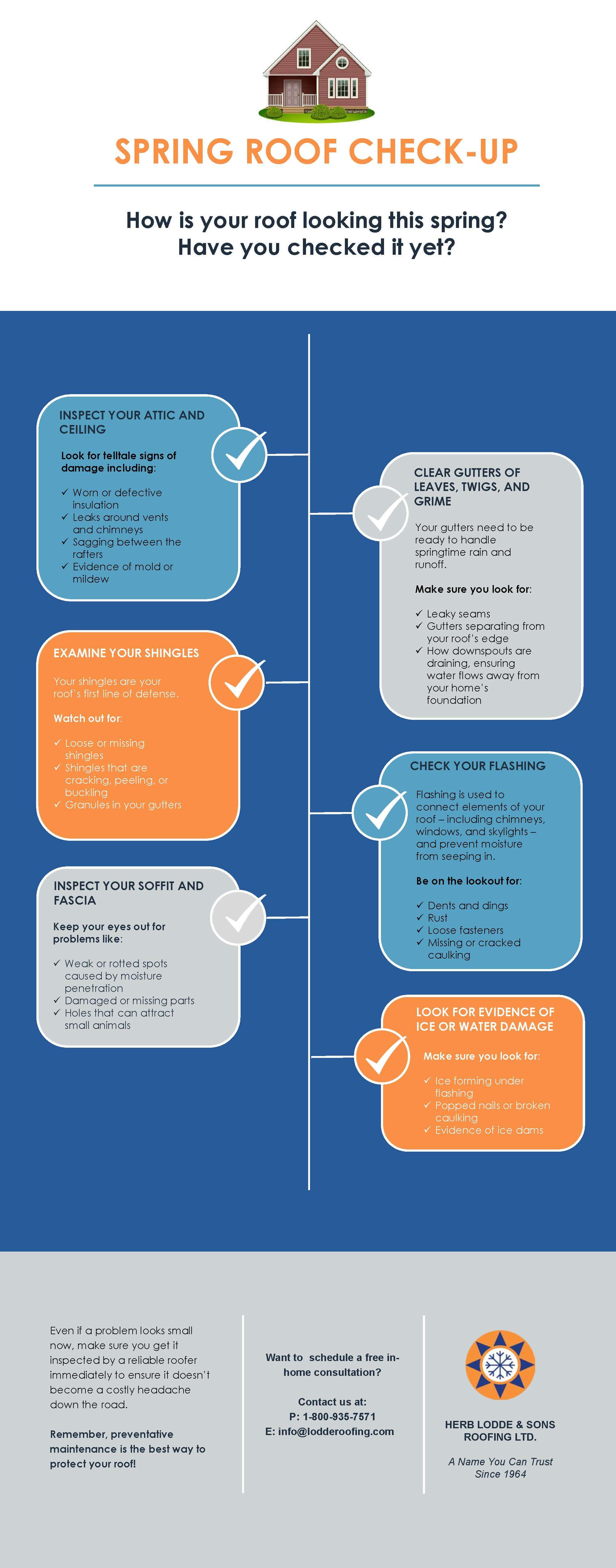Usual Mistakes In Roofing System Installation And Ways To Avoid Them
Usual Mistakes In Roofing System Installation And Ways To Avoid Them
Blog Article
Staff Writer-Parsons Miranda
When you're intending a roof covering installment, it's simple to overlook vital details that can lead to considerable problems down the line. You could be tempted to reduce corners on material selection or avoid proper flashing installment, yet these common blunders can lead to pricey fixings later. Comprehending the relevance of air flow and adhering to neighborhood building codes is essential for a successful job. So, what are the key steps you should take to ensure your roof covering stands the test of time? Let's discover rain gutter cleaning to stay clear of these challenges.
Poor Material Selection
When it involves roof installation, choosing the wrong products can result in costly troubles down the line. You could think that any type of roof material will do, however that's a typical mistaken belief. It's essential to select materials that fit your regional environment and the specific demands of your home.
As an example, if you stay in a location with heavy rain or snow, going with asphalt shingles may not be the best selection. Instead, think about more long lasting choices like steel or slate.
Furthermore, take notice of the quality of the materials you're considering. Affordable materials might conserve you money upfront, yet they frequently do not have durability and can result in regular fixings or substitutes.
You must additionally think about the style of your home and make sure the materials you select will certainly preserve its aesthetic appeal.
Ultimately, do not forget to consult with professionals. They can give important understandings and advise products that comply with local building codes.
Investing time in correct material selection currently can aid you avoid headaches and costs in the future, making your roof covering project a success.
Inadequate Flashing Installation
Selecting the best materials isn't the only element that can lead to roof covering issues; poor flashing setup can also develop significant problems. Flashing is vital for directing water away from at risk locations, such as chimneys, skylights, and roofing valleys. If it's not set up properly, you risk water invasion, which can lead to mold and mildew development and architectural damages.
When you set up blinking, ensure it's the right type for your roof's design and the local climate. For Read Homepage , metal flashing is frequently more sturdy than plastic in areas with hefty rain or snow. Ensure the flashing overlaps properly and is safeguarded snugly to avoid voids where water can leak through.
You ought to likewise pay attention to the installation angle. Flashing ought to be positioned to guide water far from the house, not toward it.
If you're not sure concerning the setup process or the materials required, seek advice from an expert. They can help determine the very best flashing alternatives and make sure everything is mounted appropriately, safeguarding your home from possible water damage.
Taking these steps can conserve you time, cash, and migraines later on.
Neglecting Air Flow Requirements
While lots of homeowners focus on the visual and structural facets of roofing installation, ignoring air flow demands can lead to significant long-lasting repercussions. Correct air flow is important for controling temperature level and wetness degrees in your attic, avoiding concerns like mold and mildew development, timber rot, and ice dams. If you do not install appropriate air flow, you're setting your roof up for failure.
To prevent this blunder, first, analyze your home's certain ventilation needs. A balanced system commonly includes both intake and exhaust vents to advertise air movement. Ensure you have actually mounted soffit vents along the eaves and ridge vents at the top of your roofing. This mix permits hot air to run away while cooler air enters, keeping your attic area comfy.
Also, consider the kind of roof covering product you've chosen. Some materials might call for added ventilation methods. Double-check your local building regulations for air flow standards, as they can differ dramatically.
Ultimately, don't neglect to examine your ventilation system consistently. Obstructions from debris or insulation can restrain air flow, so maintain those vents clear.
Conclusion
Finally, preventing common roof setup mistakes is essential to guaranteeing your roof's long life and efficiency. By choosing the best products for your climate, installing blinking properly, and resolving ventilation requirements, you can avoid costly problems later on. Do not forget to familiarize on your own with local building codes and timetable normal evaluations. With these actions, you'll take pleasure in a secure, resilient roof that safeguards your home for many years to come. Pleased roofing!
